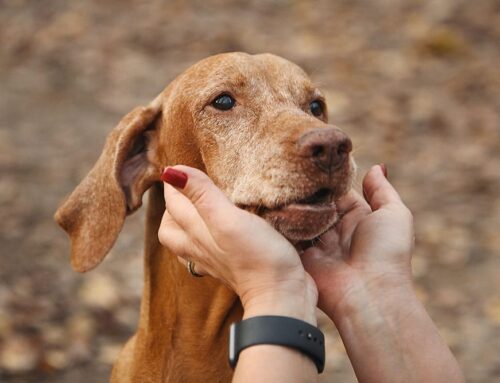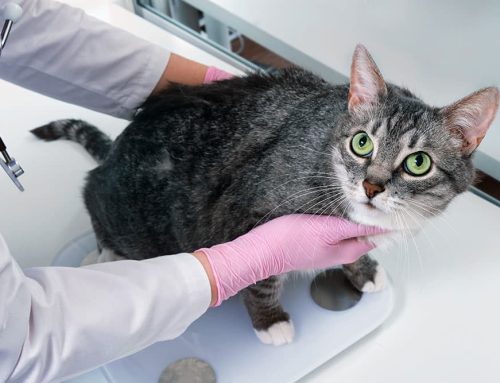As the summer months move in and temperatures begin to rise, it’s crucial to ensure the safety and well-being of your pet. Cats and dogs are susceptible to heat-related illnesses, sunburns, and dehydration. While ensuring your family is protected from the potential dangers of excessive heat, take some time to learn how to protect your four-legged family member, too. Our Mobile Cat & Dog Vet provides tips for keeping your pet safe and comfortable during the scorching summer months.
Understanding heat risks for pets
Like people, pets can suffer from heat-related illnesses such as heat exhaustion, heatstroke, and dehydration. Unlike people, however, pets can’t sweat effectively enough to cool themselves down. Dogs primarily regulate their body temperature through panting, while cats rely on finding cool spots to rest. Excessive heat can quickly lead to dangerous situations for your pet companion if you don’t take precautions.
Tips for keeping your pet safe during hot days
If your pet is accustomed to spending time outdoors, they likely will want to spend time under the sun despite the heat. Exercise and fresh air are important components of your pet’s well-being, but your senior pets are especially susceptible to heat-related issues. Please take the following precautions to safeguard them from potential heat dangers: :
- Hydration — Always provide your pet with multiple bowls of clean water in the home and yard. Ensure the water bowls are refilled regularly, especially when the water becomes too hot to drink. Add ice cubes to your four-legged friend’s water bowl to keep it cooler. When traveling or hiking with your pet, bring water and a collapsible bowl to hydrate them during outings.
- Shade — Plant trees, put up umbrellas, or use shade cloths to create shaded areas in your yard where your pet can retreat from the sun. Remember to bring an umbrella or portable shade options when you go to the beach or an unshaded park. Ensure that outdoor enclosures and dog houses are well-ventilated and shaded.
- Time limits — Avoid exercising with your furry friend during the hottest parts of the day. Instead, opt for early morning or late evening walks when temperatures are cooler. When you spend time in the yard with your pet, go out for only short intervals.
- Skin protection — Cats and dogs can get sunburns, particularly on exposed areas such as the nose, ears, stomach, and eyelids. Light-colored pets and those with bald patches of skin are more prone to sunburn. Limit your pet’s time in the sun and consider using pet-safe sunscreen on exposed skin.
- Hot surfaces — Be mindful of hot asphalt, concrete, packed earth, and sand, which can burn your pet’s paw pads. Stick to grassy areas or invest in protective booties for your pet’s paws. Always check surface heat before you venture off on a stroll with your best furry pal.
- Vehicles — The temperature inside a parked car can quickly soar to dangerous levels, even if the windows are cracked. Never, under any circumstances, leave your pet unattended in a parked vehicle when the temperature is above 68 degrees.
Recognize the signs of heatstroke in pets

Heatstroke is a veterinary emergency and potentially life-threatening, and all pet owners should know the signs, which include:
- Excessive panting
- Drooling
- Dry nose
- Red gums or tongue
- Increased heart rate
- Lethargy
- Vomiting
- Collapse
If you suspect your pet is suffering from heatstroke, move them to a quiet, shaded area—preferably air-conditioned—offer them some water, and seek veterinary attention immediately.
Having fun in the sun is an enjoyable pastime with your four-legged friend. However, being vigilant about their safety in hot weather is a must. By following our tips and watching out for any signs of heat-related distress, you can help ensure your pet stays safe, hydrated, and healthy all summer. Schedule an appointment with Mobile Cat & Dog Vet to ensure your senior pet is summer-ready.








Leave A Comment